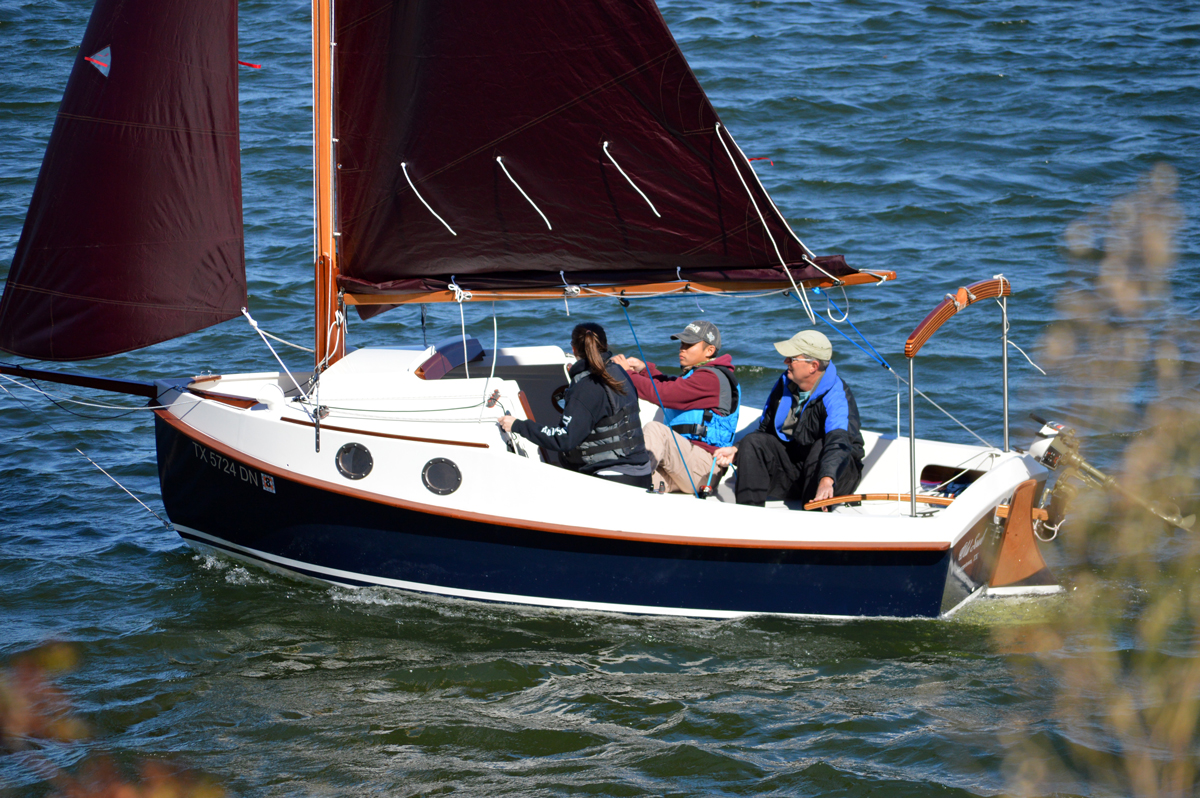Odds and Ends
I haven't been doing much since the last post that was worthy of pictures--just gluing more seams, so that's why I haven't posted any new blogs for a while. Also my wife and I just returned from a trip to L.A.
Today I removed the stitching wires from the bow stem end back to bulkhead 2. Since there is so much pressure on the panels at that end I decided to fill the gaps that were left with more glue. I will probably also put in the fillets and fiberglass before I climb into the boat to fillet the remaining joints. Pictures will help clarify the filleting later. From bulkhead 2 to the stern all that is needed is to pull the wires. There is no need to fill in the gaps because there is plenty of glue between them, and most of the joints are more "vee" shaped, allowing more gluing surface. Up near the bow, the joints are almost flat, so the only glue is a little between the panels and a thin film on the inside.
 | |||
| Glued Seams in Locker |
After I get all the wires pulled the next step is to start adding "fillets" over all the seams. This adds strength and allows the fiberglass cloth a smoother bend when it is applied. The fillet material is made from epoxy thickened with wood flour and silica powder, and is applied with a "pastry bag" made from a freezer bag with a corner cut off. (I will of course show all this later.)
 |
| Fillet Sticks |
I also took time today to prepare the sticks that will be used as filleting tools. The three on the left are some of the sticks supplied by Chesapeake with the kit and will be used for smoothing and shaping the fillets. They are just flat pieces cut from marine plywood, but I have prepared them by beveling the working edges similarly to a chisel. It's hard to see the bevels, but if you look closely you can see the individual plies where they have been beveled. I also prepared the two "chisel sticks" on the right from thin strips of scrap wood. The beveled ends are easier to see. They will be used mostly for cleaning up excess fillet material on the edges.
